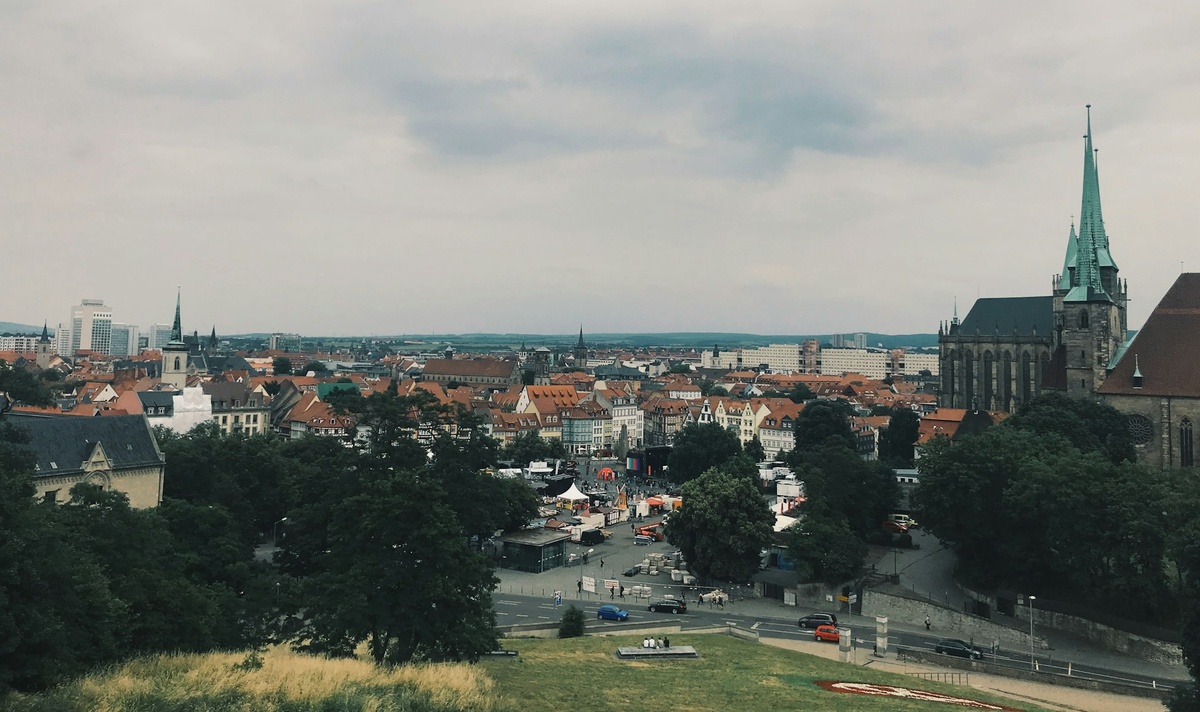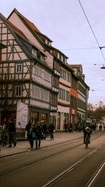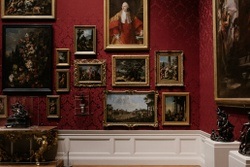
Naturkundemuseum Erfurt
In the location's words:
On October 29, 1922, the Erfurt Natural History Museum was founded in the "Haus zum Stockfisch" in Johannesstraße. Its founding fathers had been united in a working group of like-minded people since 1919, above all the teacher and entomologist Otto Rapp (1878 - 1953). The aim of the exhibition was to show plants and animals in their interaction with the environment. The type of presentation was well received and attracted a lot of attention - even outside Erfurt.
The development was abruptly interrupted by the Second World War. In 1943, most of the collection was moved to five surrounding villages. All other items in the collection fell victim to an air mine on November 11, 1944.
There was no permanent employee until 1952. Otto Rapp, the founder of the working group, worked tirelessly at the museum on a voluntary basis from 1919 until his death in 1953. The following years of stagnation ended in 1968 with the closure of the museum.
Following the demolition of the depot building and the announcement that urgent reconstruction work had to be carried out on the "Haus zum Stockfisch", the preserved exhibits were once again removed from storage and had an odyssey through damp cellars, draughty storage rooms, filthy attics and an open church ahead of them. The resulting damage far exceeded the war losses.
Without an existing museum building, three employees had been working in extremely cramped rooms in the so-called Pfründnerhaus at the Folklore Museum since 1980. It was not only in these "monk's cells" that the script for the new building was written, but also where the painstaking work of restoring and cleaning the museum's inventory took place.
The new beginning required a political turnaround. The Erfurt council decided to rebuild the natural history museum in the ruins of the Waidspeicher in the "Große Arche". After 27 years of closure, the new natural history museum in Erfurt reopened its doors on March 4, 1995.
This content has been machine translated.




